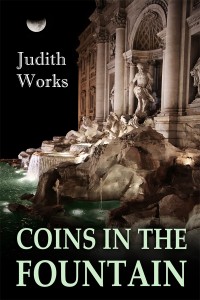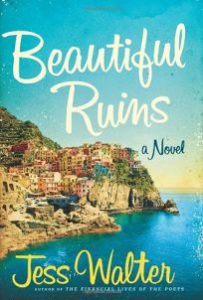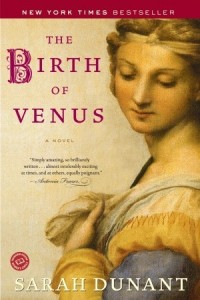 Judith Works gives readers a fascinating Italian experience in Coins in the Fountain: The Story of an Italian Intermezzo. The book is a memoir of the author’s ten-plus years in Italy.
Judith Works gives readers a fascinating Italian experience in Coins in the Fountain: The Story of an Italian Intermezzo. The book is a memoir of the author’s ten-plus years in Italy.
Equipped with her newly acquired law degree, Judith Works accepted a position with the United Nations Food and Agricultural Organization (FAO) headquartered in Rome. Together with her husband Glenn, they set up housekeeping, a task fraught with obstacles and lack of conveniences.
Rome, is called the Eternal City–even the ancient people thought it would go on forever. The author claims it would take an eternity to see it all. When time permits they explore it, piece by piece, street by street. Once settled at work and in what eventually would be “home,” Judith and Glenn were able to travel on weekends, holidays and vacations. The author and her husband know how to travel, to observe, and to experience a way to life. Often putting up with nightmare traffic, they attend concerts, visit churches, museums, galleries, flea markets, quaint shops, countrysides, big cities, small villages. Sometimes they travel with friends, other expatriates, sometimes on their own. The author is obviously knowledgeable in art and readers have the wonderful advantage of seeing church frescos, sculptures, paintings, ceramic tiles, fountains, etc. though her experienced and critical eye.
Food is an obsession in Italy and takes a prominent role in this memoir, as does wine. The book describes in detail cuisine in Rome and in other parts of Italy. Glenn became adept in Italian cooking, which further enriched (pun intended) their food experience.
The Works returned to the States after finishing her four-year contract with FAO, but were delighted to return to Rome a short time later, this time to work with United Nations World Food Program (WFP) on a six-year contract. Works’ job necessitated travel to other countries as well and she briefly describes these ventures.
The name of the book, Coins in the Fountain refers to the Trevi Fountain, the most famous and beautiful fountain in Rome. It is thought that if visitors throw three coins in the fountain, they will return to Rome. At least it worked for the author, to the delight of all who read this book.
Coins in the Fountain: The Story of an Italian Intermezzo could be a guidebook for tourists visiting Italy, as well as for armchair travelers who may never step on Roman soil, but have the advantage of traveling vicariously through this exceptionally well-written book. Coins in the Fountain is available in ebook format. For more information about the book and author, visit www.coinsinthefountain.com




